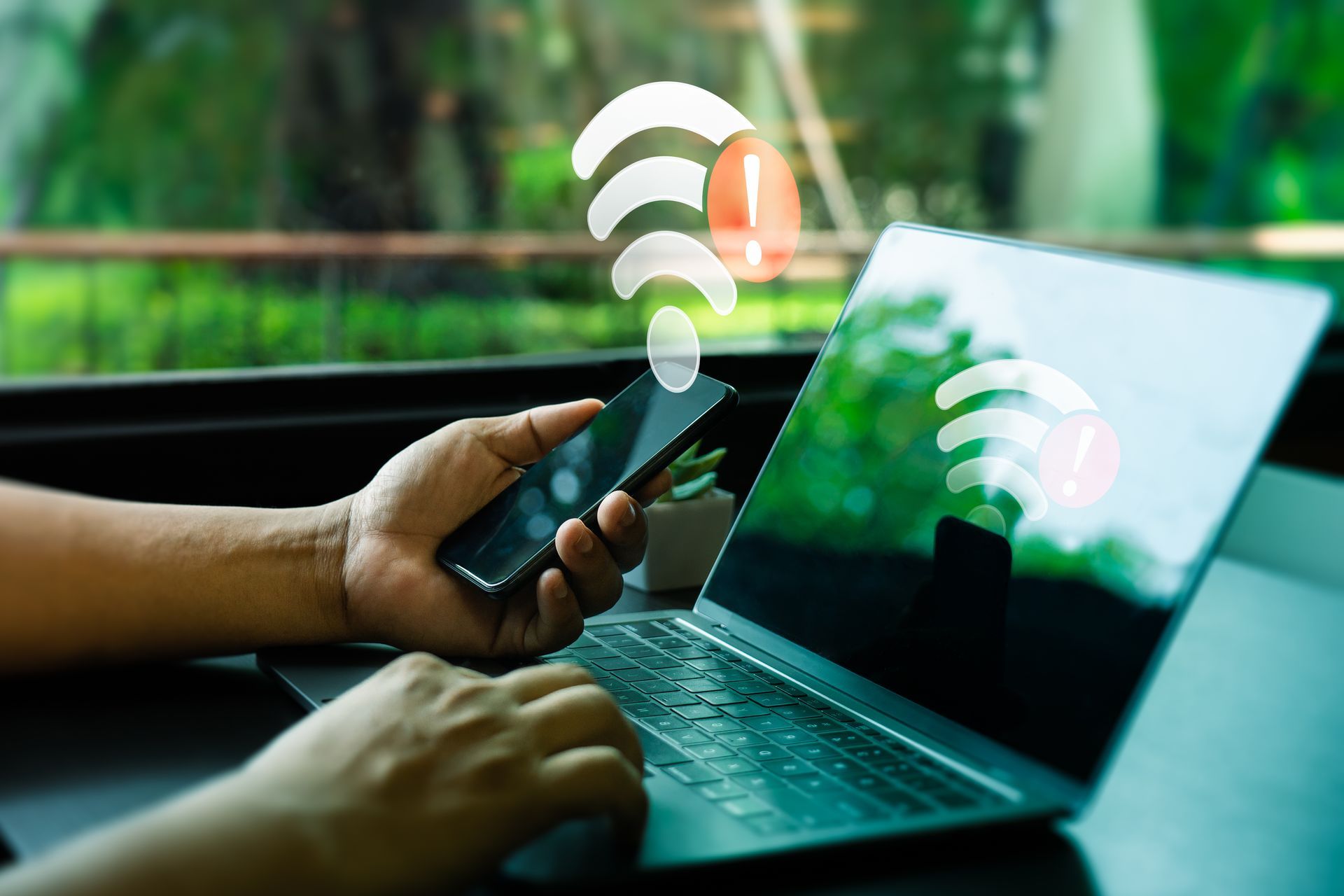The Fun Side of the Internet of Things (IoT)
The Fun Side of the Internet of Things
With so many, more serious, applications of the Internet of Things (IoT) it is nice to see development of applications that are “just for fun”.
The Internet, as we all know, is the thing that makes the world go around. We use it in pretty much every aspect of our lives: work, school, research, shopping, entertainment, social interaction. The list goes on and on. Nowadays, we could not imagine life without it. It has integrated itself to the very fabric of our personal and interpersonal existence.
All in the Past
We have all heard of Wireless. Radio waves – the basis of wireless – were scientifically proved to exist in the mid-1880s. It wasn’t until the mid-1890s that Marconi created the wireless telegraph system. Going back a bit further in history we also remember Baron Schilling who first sent an electromagnetic telegraph in Russia in the early 1830s. He was followed by Morse who invented and released his radio code in the mid-1840s. We’ll come back to these at a later time.
In the old days, all computers were plugged in – with wires – and connectivity was painfully slow. They were all called “desktop computers” because we had no other available choice. I know it seems hard to imagine, but we didn’t have the capability of wandering around with our laptops, iPads, or even our smart phone (which had not yet been invented – shock, horror!). We were well-and-truly stuck at our desks.
Introduction of Wireless Enablement and the birth of Internet of Things (IOT)
WiFi capability was only released to consumers as recently as 1997, when a committee with the unassuming name of “802.11” was created. The ideas the committee had on standardization was later created into a coherent set of rules called IEEE802.11. Adherence to this set the standards enabled different devices from different manufacturers to communicate. It was tweaked a little, a couple of years later (802.11b), and has gone through a number of revisions since that time. (This is not the point of this post, so I am not going to go into the whos, whats, and whens of that story, at this time.)
From this Wireless capability has developed the Internet of Things (IoT) – a way in which things can be connected to the Internet, which was unheard of 20 years ago. And, to develop the idea even further, is the concept of the Internet of Everything (IoE), which proposes that a way can be determined for everything to be connected to everything else, and to the Internet. The more developed and popular of the two, at this time, is IoT.
Practical Applications of the Internet of Things (IoT)
There are a multitude of applications for IoT now available to us – and which we take for granted. From simply going to work and connecting your laptop or smartphone to the network, to having your fridge sense something missing and auto-order food from the grocery store.
There are, additionally, a plethora of industrial applications for enabled technology: even farmers can use wireless sensors, stuck in the ground, to instruct the watering system when to water the crops!
There are countless ways in which computing devices can wirelessly connect to each other and to the Internet and have practical and helpful uses… and often fun ones, too!
New Idea of Fun
A new and fun usage has very recently been revealed within a “Harry Potter” style bar!
IoT-enabled wands are provided to each customer, who then uses their wand to perform functions. They can turn on lamps, open cabinets, and “magically” stir their concoctions!
Drinks can even be obtained by the customer simply holding their wand close to the wall. The requested liquid is then mysteriously dispensed through the tap – with no need to touch levers or buttons. How cool is that?
This looks like fun, doesn’t it?: https://www.bbc.com/news/business-45642270
Chance to Learn More
If you want to learn more about Wireless, Internet of Things (IoT), and other related technologies, check out our range of related Cisco classes:
CCNA (Associate) level: WiFUND
CCNP (Professional) level: WiDESIGN
, WiDEPLOY
, WiSECURE
, WiTSHOOT
CCIE (Expert) level: CIEWL1
If you are looking to advance your IT career, perhaps in Internet of Things (IOT), and would like to discuss your options, contact NC-Expert today.
The post The Fun Side of the Internet of Things (IoT) appeared first on NC Expert.
NC-Expert Blog







